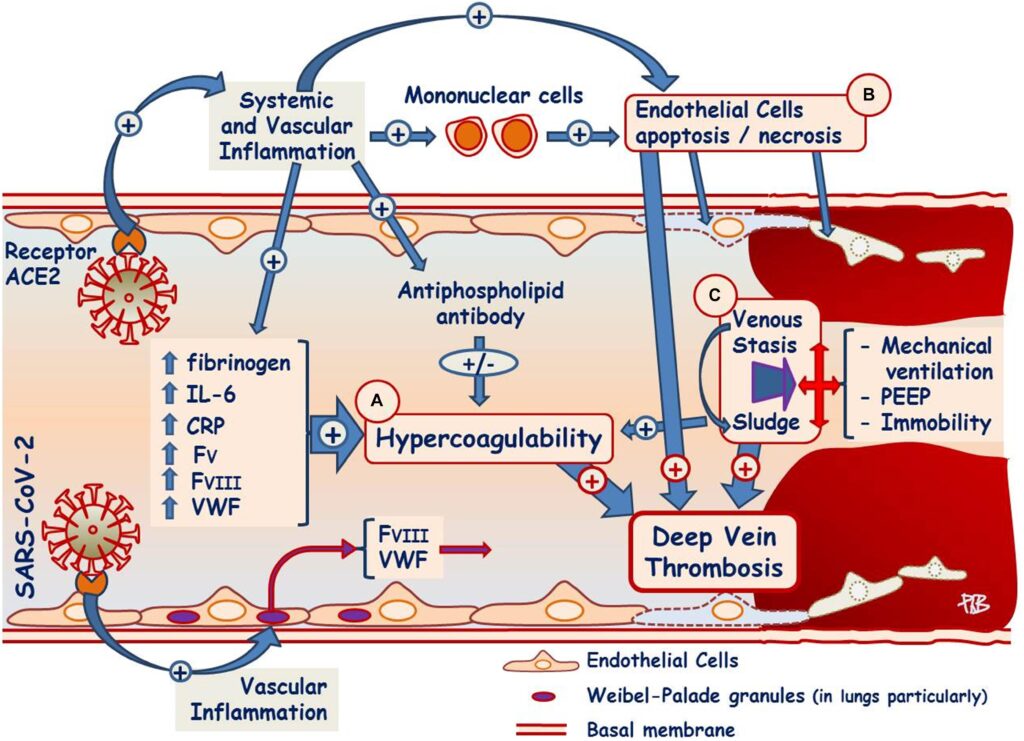Von Willebrand Disease, commonly abbreviated as VWD, is a genetic disorder that affects the blood’s ability to clot properly. It is one of the most common inherited bleeding disorders, impacting millions of people worldwide. While many individuals with this condition lead relatively normal lives, it can cause significant challenges for others. Understanding the causes, recognizing the symptoms, and exploring treatment options are essential steps in managing this condition effectively.

What Is Von Willebrand Disease?
Von Willebrand Disease is a condition that arises due to a deficiency or malfunction of a specific protein in the blood called von Willebrand factor. This protein plays a crucial role in the blood clotting process by helping platelets stick together and form clots at the site of an injury. When the von Willebrand factor is either missing, deficient, or abnormal, the blood cannot clot efficiently, leading to prolonged bleeding.
Types of Von Willebrand Disease
There are three main types of this disease, each with varying degrees of severity:
- Type 1: This is the most common and mildest form. Individuals with Type 1 have lower-than-normal levels of von Willebrand factor in their blood.
- Type 2: In this type, the von Willebrand factor is present but does not function properly. Type 2 is further divided into subtypes (2A, 2B, 2M, and 2N), each with distinct characteristics.
- Type 3: This is the rarest and most severe form. People with Type 3 have little to no von Willebrand factor in their blood, leading to significant bleeding issues.
Causes of Von Willebrand Disease
Von Willebrand Disease is primarily caused by genetic mutations that affect the production or function of von Willebrand factor. These mutations are typically inherited from one or both parents, depending on the type of the disease.
Inheritance Patterns
The inheritance pattern of this condition varies based on the type:
- Type 1 and Type 2: These forms are usually inherited in an autosomal dominant manner, meaning only one parent needs to pass on the defective gene for the child to develop the condition.
- Type 3: This form is inherited in an autosomal recessive manner, which means both parents must pass on the defective gene for the child to be affected.
Acquired Von Willebrand Disease
In rare cases, Von Willebrand Disease can develop later in life due to other medical conditions or factors. This is known as acquired Von Willebrand Disease and may occur as a result of autoimmune disorders, certain medications, or underlying health issues such as cancer or heart disease.
Symptoms of Von Willebrand Disease
The symptoms of this condition can vary widely depending on the type and severity of the disease. Some individuals may experience mild symptoms that go unnoticed, while others may face more frequent and severe bleeding episodes.
Common Signs and Symptoms
Here are some of the most frequently observed symptoms:
- Frequent or prolonged nosebleeds
- Bruising easily, often without a clear cause
- Prolonged bleeding from minor cuts or injuries
- Heavy or extended menstrual bleeding in women
- Bleeding after dental procedures or surgeries
- Blood in urine or stool
Symptoms in Women
Women with this condition often experience particularly challenging symptoms related to menstruation and childbirth. Heavy menstrual bleeding, also known as menorrhagia, is a common issue. Additionally, excessive bleeding during childbirth can pose risks to both the mother and the baby.
Diagnosing Von Willebrand Disease
Diagnosing this condition involves a combination of clinical evaluation, family history assessment, and laboratory tests. Since the symptoms can overlap with other bleeding disorders, accurate diagnosis is critical for effective management.
Laboratory Tests
Healthcare providers may order several tests to confirm the presence of this disease:
- Blood tests to measure the levels of von Willebrand factor
- Tests to assess how well the von Willebrand factor functions
- Platelet function tests to evaluate how well the blood clots
Challenges in Diagnosis
One of the challenges in diagnosing this condition is its variability. Levels of von Willebrand factor can fluctuate due to factors such as stress, pregnancy, or infections, making it difficult to obtain consistent results. Therefore, multiple tests may be required over time to reach a definitive diagnosis.
Treatment Options for Von Willebrand Disease
While there is no cure for this condition, various treatment options are available to manage symptoms and prevent complications. The choice of treatment depends on the type and severity of the disease, as well as the individual’s specific needs.
Desmopressin Therapy
Desmopressin is a synthetic hormone that can help increase the levels of von Willebrand factor in the blood. It is often used to treat mild to moderate forms of the disease and is administered through injection or nasal spray. This therapy is particularly effective for individuals with Type 1.
Von Willebrand Factor Replacement Therapy
For more severe cases, especially Type 3 or certain subtypes of Type 2, replacement therapy may be necessary. This involves infusing concentrated von Willebrand factor into the bloodstream to restore normal clotting function. This treatment is typically reserved for situations involving significant bleeding or before surgical procedures.
Antifibrinolytic Medications
These medications help prevent the breakdown of blood clots, thereby reducing bleeding. They are often used in conjunction with other treatments and are particularly helpful for managing heavy menstrual bleeding or bleeding after dental work.
Hormonal Treatments
For women experiencing heavy menstrual bleeding, hormonal treatments such as birth control pills or intrauterine devices may be recommended. These treatments can help regulate menstrual cycles and reduce blood loss.
Lifestyle Adjustments
In addition to medical treatments, individuals with this condition can benefit from certain lifestyle adjustments:
- Avoiding medications that interfere with blood clotting, such as aspirin and nonsteroidal anti-inflammatory drugs
- Wearing a medical alert bracelet to inform healthcare providers of the condition
- Informing doctors and dentists about the condition before any procedures
Living with Von Willebrand Disease
Managing this condition requires ongoing vigilance and proactive care. Regular follow-ups with healthcare providers, adherence to treatment plans, and awareness of potential triggers can significantly improve quality of life.
Education and Support
Education plays a vital role in managing this condition. Understanding the disease, its symptoms, and treatment options empowers individuals to take control of their health. Support groups and advocacy organizations can also provide valuable resources and emotional support for those living with this condition and their families.
Emergency Preparedness
Individuals with this condition should always be prepared for emergencies. This includes having a plan in place for managing unexpected bleeding episodes and ensuring that family members or caregivers are aware of the condition and know how to respond in case of an emergency.





